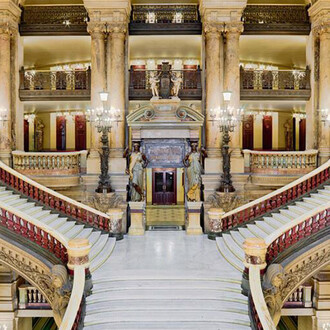Leading Swiss artists have never been content to be entirely and purely Swiss. They have always wanted to reach out and participate in cultures that surround their native country. This is the background against which the work of H.A. Sigg, one of Switzerland’s most distinguished painters, should be examined. The turning point for Sigg, however, seems to have come when he began to make visits to the Far East. The astonishing panoramic views offered to Sigg by air helped to create his signature style; aerial views of rivers. Hence The River.
(Edward Lucie Smith)
Hermann Alfred Sigg was born in Zurich, Switzerland in 1924. After studying at the School of Applied Art, Zurich with, among others, former Bauhaus master and color theorist Johannes Itten, Sigg, like many art students before and after World War II, went to Paris, where he attended the Acade'mie Andre' Lhorte in 1947.
Sigg's development of aerial landscape imagery began in 1968 with travel to Southeast Asia as an "artist in residence in the sky" for Swissair, which had previously purchased several of his paintings. From the singular vantage point of the cockpit, Sigg made sketches from which he developed the abstractions of terraced fields and rivers characteristic of his work from the 1970's.
On the ground, the artist visited temple sites such as Angkor Wat in Cambodia and made drawings of the sculpture; As a result of his travels, which also included India and Thailand, Sigg began to explore interior architectural space as well as the infinite space of the aerial landscape in his new paintings. Over time the river came to dominate his work and became increasingly abstract and distilled. For Sigg, the river is a "mysterious force" with a spirit of its own. In this series, the river becomes a metaphor for passage through life and the human search for the inner self and enlightenment.
(Excerpted from The Art of H.A. Sigg by Robert M . Murdock)
















